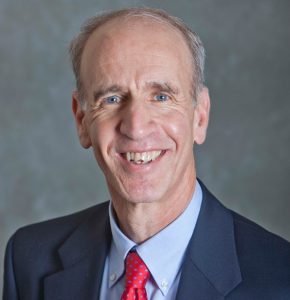This fall, I taught an undergraduate class (at the University of Colorado Boulder) on Computing, Ethics and Social Responsibility. It was a wonderful experience. I think there are some lessons from this experience that are relevant to high school teachers who are thinking of introducing some discussion of issues in ethics and computing into their courses, even if just a few classes or portions of classes are devoted to this topic. There also is an increasing awareness that these sorts of issues shouldbe introduced to students studying computer science in high school. So, a few reflections:
- There are lots of interesting topics. My course included discussion of: internet privacy, including targeted advertising and the Right to be Forgotten; internet security and hacking; facial recognition; misinformation; impacts of internet and social media on our lives, particularly those of young people; algorithmic bias; gender and race in algorithms, and in the computing industry; use of robotics in eldercare and in warfare; autonomous vehicles; medical and healthcare applications of computing; and the impact of computing technologies on the future of work. Certainly there are some topics in that list that would interest you and your students!
- The best resources are recent media articles. And there is no shortage! You can easily populate a few classes from what pops up in your newsfeeds in recent months. There also are ways that you can find references that other people have used. One approach is to go to this crowdsourced listof courses in tech ethics and look at the references used in some of those courses. There is work in progress in ACM aimed at organizing a repository of links to such articles.
- Students are interested. My experience was that there was plenty of interest and enthusiasm from students for these topics, particularly ones that related to the students’ experiences and interests. One example is how sites such as YouTube, or any site with ads, decide what to recommend to us next – everyone has experienced that and wondered about it a little. Robotic applications are another – everyone wonders what’s coming in their lifetimes.
- The students’ perspectives may be different than yours. An example in my course was discussions of privacy and surveillance; the famous 1999 remark of Sun Microsystems CEO Scott McNealy, “You have zero privacy anyway. Get over it.”, seems to have become much closer to the reality of the current younger generations.
- Small group discussions are particularly effective. The students got energized about discussing a particular topic or an article they had read and then summarizing their small group discussions with the full class. Groups of 3-5 students and 10-15 minute discussions seemed to work well.
- Short written assignments are effective. This is a nice opportunity for students to be resourceful by finding a recent article related to ethics and computing on their own, and submitting a short summary and reflection on it.
- There is a field called philosophy. Most undergraduate courses in this area introduce several philosophical theories, most commonly deontology, act utilitarianism, virtue ethics, and sometimes social contract theory. This may not be feasible in a briefer coverage in high school, but it may be good to make people aware that theories like this underlie a careful treatment of these topics.
- Your mileage may vary. As always.

Board Representative

